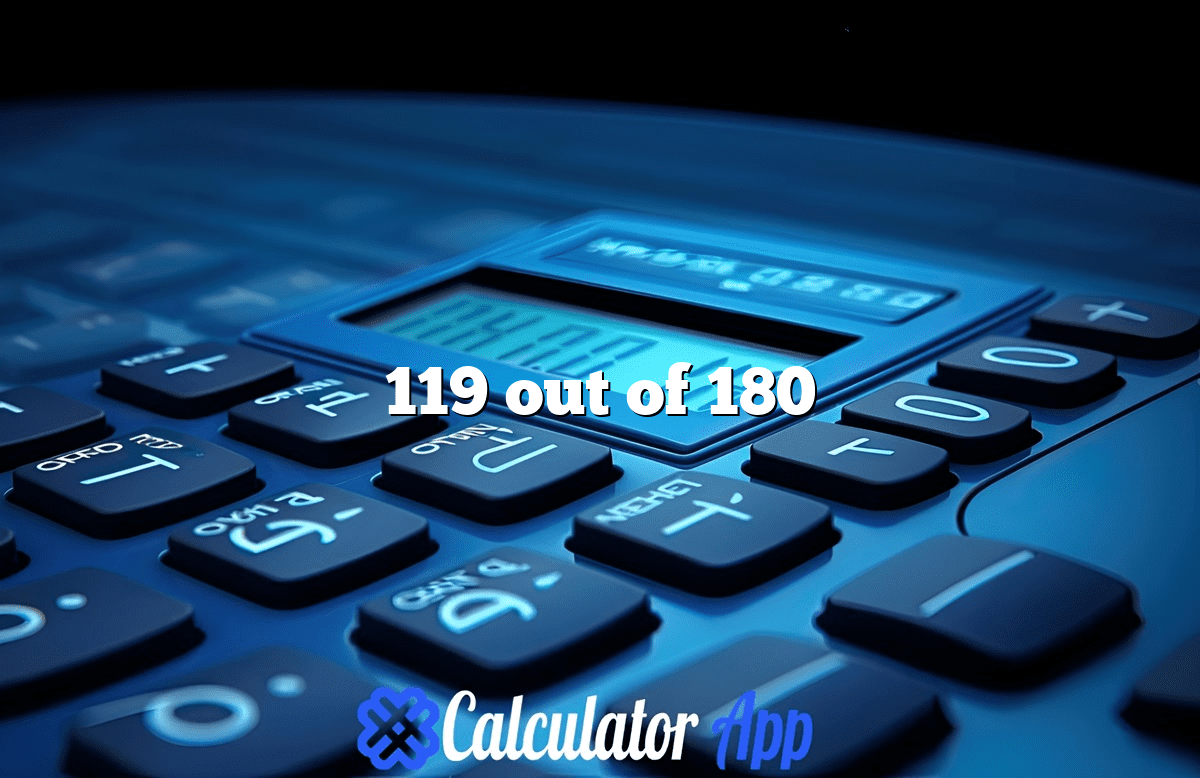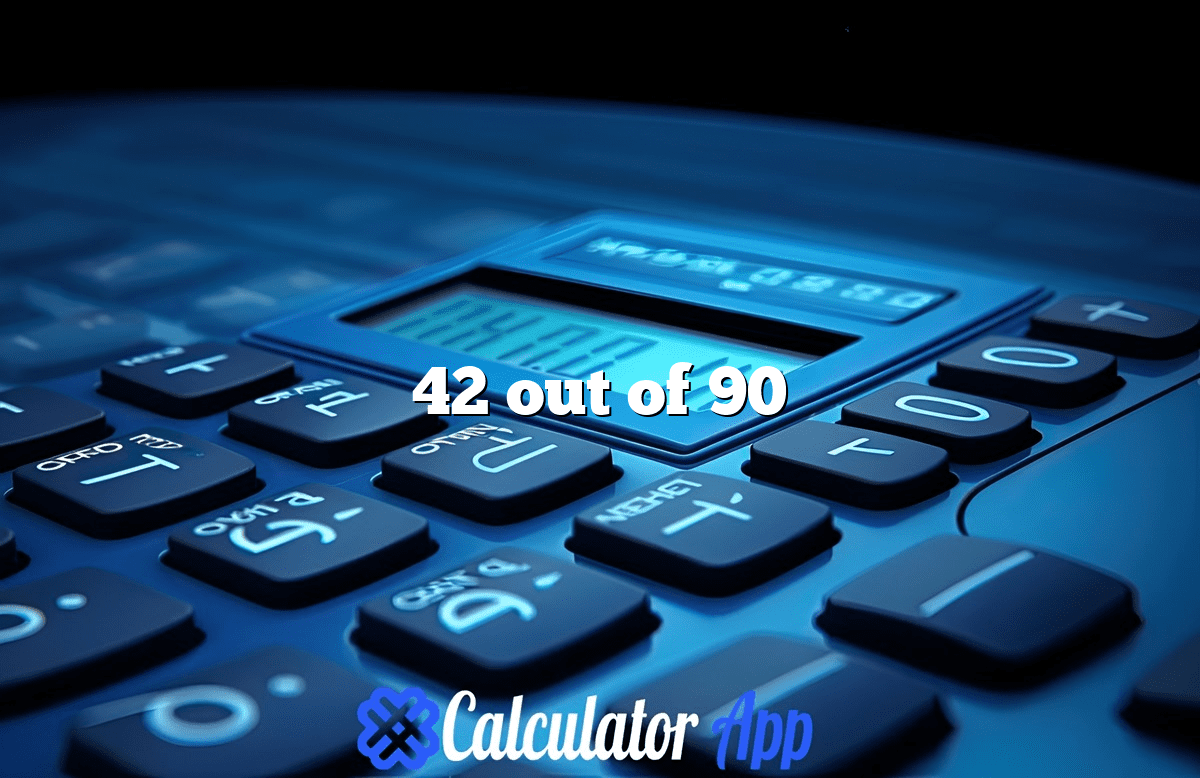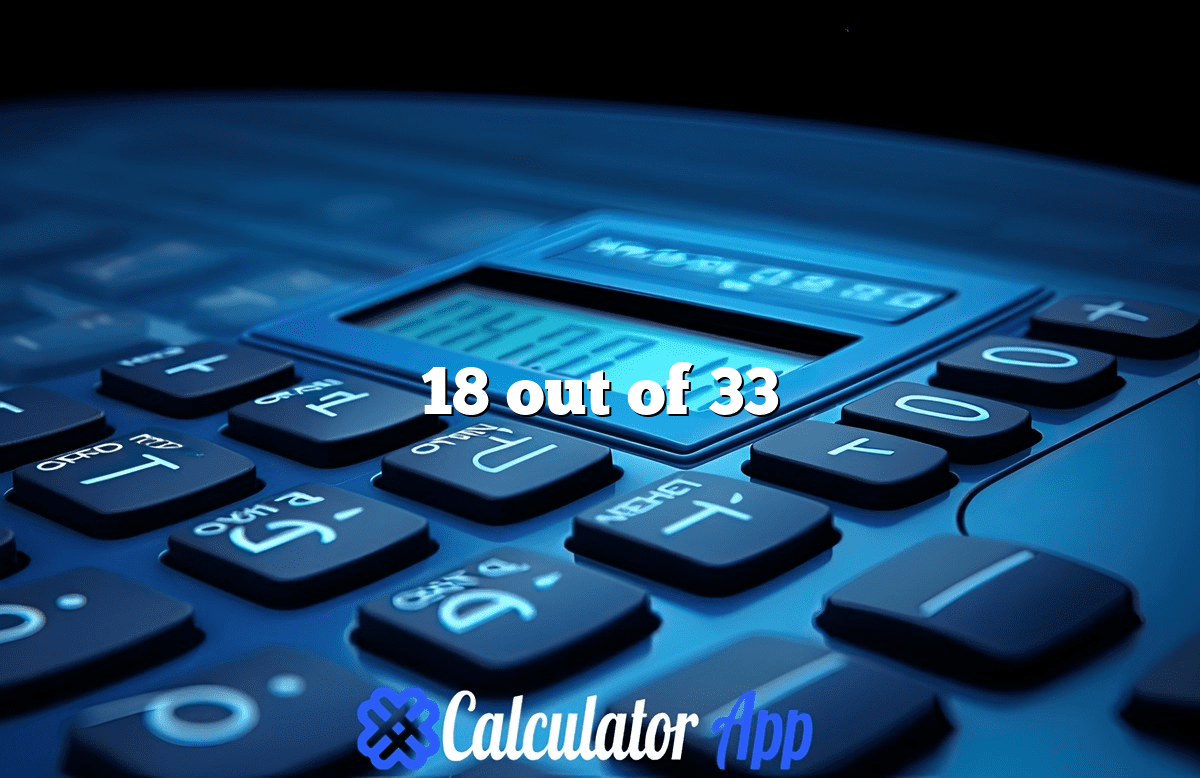3.0 GPA is a B Letter Grade or 83–86%
GPA Converter
Understanding a 3.0 GPA: Significance, Implications, and Strategies for Success
A 3.0 GPA, or Grade Point Average, is a critical benchmark in the academic world, often signifying a B letter grade. This corresponds to a percentage range of 83–86%. For many students, achieving a 3.0 GPA is a significant accomplishment, representing consistent effort and academic proficiency. However, the implications of maintaining this GPA extend beyond mere numbers. Understanding what a 3.0 GPA means can help students navigate their educational journey, set realistic goals, and take actionable steps toward academic success.
What is a 3.0 GPA?
A 3.0 GPA is equivalent to a B letter grade on a standard 4.0 GPA scale. Each letter grade corresponds to a numerical value, with an A typically earning 4.0 points, a B earning 3.0 points, a C earning 2.0 points, and so on. Here’s a breakdown of how grades typically correspond to GPA:
| Letter Grade | GPA Value | Percentage Range |
|---|---|---|
| A | 4.0 | 90-100% |
| A- | 3.7 | 87-89% |
| B+ | 3.3 | 83-86% |
| B | 3.0 | 80-82% |
| B- | 2.7 | 77-79% |
| C+ | 2.3 | 73-76% |
| C | 2.0 | 70-72% |
| C- | 1.7 | 67-69% |
| D+ | 1.3 | 63-66% |
| D | 1.0 | 60-62% |
| F | 0.0 | 0-59% |
How a 3.0 GPA is Calculated
To calculate a GPA, a student’s final grades are converted to grade points, multiplied by the number of credits for each course, and then averaged. The formula for calculating GPA is as follows:GPA=∑(Grade Points×Credits)∑Credits\text{GPA} = \frac{\sum (\text{Grade Points} \times \text{Credits})}{\sum \text{Credits}}GPA=∑Credits∑(Grade Points×Credits)
For example, if a student earns an A (4.0) in a 3-credit course and a B (3.0) in a 4-credit course, their GPA calculation would look like this:
- A Course: 4.0×3=12.04.0 \times 3 = 12.04.0×3=12.0 grade points
- B Course: 3.0×4=12.03.0 \times 4 = 12.03.0×4=12.0 grade points
- Total Grade Points: 12.0+12.0=24.012.0 + 12.0 = 24.012.0+12.0=24.0
- Total Credits: 3+4=73 + 4 = 73+4=7
Now, dividing total grade points by total credits gives:GPA=24.07≈3.43\text{GPA} = \frac{24.0}{7} \approx 3.43GPA=724.0≈3.43
In this case, if the student earned a B in another course, their overall GPA would decrease.
Importance of a 3.0 GPA
Maintaining a 3.0 GPA can have several important implications for students, particularly in the realms of college admissions, scholarship opportunities, and future career prospects.
College Admissions
For students applying to colleges, a 3.0 GPA is often considered a baseline requirement for admission. Many colleges and universities set minimum GPA standards, and achieving a 3.0 GPA can make students eligible for a broader range of institutions. However, competitive programs may look for higher GPAs, and students aiming for selective colleges may need to bolster their applications with strong extracurricular activities, essays, and letters of recommendation.
Scholarships and Financial Aid
Many scholarships and financial aid programs have GPA requirements, often requiring at least a 3.0 GPA for eligibility. This can provide valuable financial support for students and ease the burden of tuition costs. Moreover, maintaining a 3.0 GPA or higher can help students retain merit-based scholarships throughout their academic careers.
Job Prospects
While many employers prioritize work experience and skills over GPA, a 3.0 GPA can still be a relevant factor, particularly for recent graduates entering the job market. A solid GPA can demonstrate to potential employers that the candidate is dedicated, capable, and disciplined. Some companies even set minimum GPA requirements for internship and job applications.
Challenges of Maintaining a 3.0 GPA
While a 3.0 GPA is an attainable goal for many students, it is not without its challenges. Factors such as increased academic pressure, personal responsibilities, and external commitments can impact a student’s ability to maintain their GPA. Here are some common challenges students may face:
Academic Pressure
The transition to higher education can be overwhelming. Students often encounter rigorous coursework and higher expectations than in high school. This increased academic pressure can lead to stress and anxiety, making it difficult to maintain focus and perform well in classes.
Personal Responsibilities
Many students juggle multiple responsibilities, including part-time jobs, family obligations, and extracurricular activities. Balancing these commitments with academic demands can create a significant challenge, leading to potential drops in GPA.
Lack of Support
Some students may not have access to the necessary academic support resources, such as tutoring services or study groups. This lack of support can hinder their ability to grasp challenging concepts and ultimately affect their grades.
Strategies for Achieving and Maintaining a 3.0 GPA
While maintaining a 3.0 GPA can be challenging, there are effective strategies students can implement to enhance their academic performance and achieve their goals.
Effective Time Management
Managing time effectively is crucial for academic success. Here are some time management strategies:
- Create a Schedule: Develop a weekly schedule that outlines classes, study sessions, work hours, and personal commitments. Having a visual representation of time can help prioritize tasks.
- Set Priorities: Identify which tasks are most important and allocate time accordingly. Focus on high-impact assignments that contribute significantly to overall grades.
- Break Tasks into Smaller Steps: Large projects can feel overwhelming. Breaking them down into manageable steps can make the workload feel less daunting.
- Utilize Tools and Apps: Consider using digital tools or apps for time management and organization. Calendar apps, to-do lists, and project management tools can help keep track of deadlines.
Active Participation in Classes
Engaging actively in classes can significantly improve understanding and retention of course material. Here are some strategies:
- Attend Classes Regularly: Regular attendance is essential for grasping important concepts and staying updated on assignments and expectations.
- Participate in Discussions: Engage in class discussions and ask questions to clarify any uncertainties. Active participation can enhance learning and retention.
- Take Effective Notes: Develop a note-taking system that works for you, whether through handwritten notes, digital tools, or a combination of both. Well-organized notes can serve as valuable study aids later.
Utilize Campus Resources
Many colleges and universities offer resources to support student success. Here are some resources to consider:
- Tutoring Services: Seek out tutoring services for subjects that are particularly challenging. Tutors can provide personalized assistance and clarify difficult concepts.
- Writing Centers: For written assignments, consider visiting the writing center for help with structure, grammar, and formatting. Writing centers can also assist with research papers and thesis development.
- Study Groups: Form or join study groups to collaborate with classmates. Discussing material with peers can provide different perspectives and enhance understanding.
Maintain a Balanced Lifestyle
Maintaining a healthy balance between academics and personal well-being is vital for long-term success. Here are some strategies for achieving balance:
- Exercise Regularly: Physical activity can reduce stress and improve focus. Aim for at least 30 minutes of exercise several times a week to promote mental clarity.
- Eat a Healthy Diet: Proper nutrition fuels both the body and mind. Incorporate a variety of fruits, vegetables, whole grains, and lean proteins into your diet to maintain energy levels.
- Practice Mindfulness: Incorporate mindfulness techniques such as meditation, deep breathing, or yoga to manage stress effectively. These practices can help improve focus and emotional well-being.
- Prioritize Sleep: Quality sleep is essential for cognitive function and overall health. Aim for 7-9 hours of sleep per night to ensure optimal performance.
Develop Strong Study Habits
Effective study habits can significantly impact academic performance. Here are some tips for developing productive study routines:
- Create a Designated Study Space: Find a quiet, comfortable place free from distractions where you can focus on studying. A dedicated study space can help improve concentration.
- Use Active Learning Techniques: Engage with the material actively by summarizing information in your own words, teaching concepts to others, or creating flashcards.
- Set Specific Study Goals: Establish clear objectives for each study session, such as mastering a particular concept or completing a set number of practice problems.
- Practice Regularly: Consistent practice helps reinforce learning. Review material frequently to enhance retention and understanding.
Seek Feedback and Adjust Accordingly
Regularly seeking feedback can provide insights into areas for improvement. Here’s how to approach feedback:
- Communicate with Instructors: Don’t hesitate to ask professors for feedback on assignments and exams. Understanding areas of weakness can help guide future study efforts.
- Reflect on Performance: After receiving grades, take time to reflect on performance. Analyze what worked well and what could be improved.
- Adjust Strategies: If certain study techniques or habits aren’t yielding results, be open to adjusting your approach. Flexibility is key to finding what works best for you.
Conclusion
A 3.0 GPA is more than just a number; it represents a level of academic achievement that can open doors to opportunities in college admissions, scholarships, and future employment. By understanding what a 3.0 GPA signifies, students can set realistic goals and take proactive steps toward academic success. While maintaining a 3.0 GPA can be challenging, effective time management, active participation, utilization of resources, and a balanced lifestyle can make a significant difference.
Students should recognize that education is a journey, and it’s okay to seek help along the way. With dedication, perseverance, and the right strategies, achieving and maintaining a 3.0 GPA is within reach, paving the way for future success and growth.






